When it comes to healthcare, every detail matters—especially the tools and equipment that keep medical devices running. One small but critical detail you’ve likely seen in hospitals is the green dot on power cords. What does it mean? Why is it so important? And how does AC WORKS stand out in providing reliable medical-grade power solutions? Let’s dive in.
What’s the Deal with the Green Dot?
That little green dot isn’t just a design choice—it’s a mark of trust. It signifies that the power cord meets some of the most rigorous standards in the industry, specifically UL 817 and CAN/CSA C22.2 No. 21 for hospital-grade power cords. These standards ensure the cord is safe, reliable, and built to handle the demanding conditions of a healthcare environment.
In short, the green dot is a guarantee. It tells medical staff that the cord won’t fail during critical moments, like monitoring a patient’s vitals or powering life-saving equipment. It’s all about safety and peace of mind.
What Makes a Power Cord ‘Medical Grade’?
Earning that green dot isn’t easy. Medical-grade power cords must pass a series of rigorous tests and meet strict construction requirements. Here’s what sets them apart:
Rigorous Testing
-
Abrupt Removal Test: Ensures the plug can handle sudden disconnections without failing.
-
Durability Tests: Includes strain relief, cord pull, and impact resistance to withstand daily wear and tear.
-
Safety Tests: Ensures no discontinuity in the grounding or line conductors, even under stress.
Specific Construction Features
-
Solid Pins: Reduces the risk of breakage inside the plug.
-
Larger Plug Bodies: Virtually eliminates the risk of wire-to-outer-contour shock.
-
Internal Strain Relief: Prevents stress on the plug’s internal connections.
These features aren’t just nice-to-haves—they’re essential for patient safety and equipment reliability.
Common Types of Medical-Grade Power Connections
In hospitals, you’ll typically find two main types of power connections: NEMA and IEC.
NEMA Plugs
-
The most common is the NEMA 5-15 (15A/125V), but other configurations like the NEMA 5-20 and NEMA 6-20 are also available in hospital-grade ratings.
-
These plugs are marked with ‘Hospital-Grade’ text and, of course, the green dot.
IEC Connectors
-
IEC connectors, like the IEC C13, are often used in medical equipment. While the IEC connector itself isn’t ‘hospital-grade,’ the NEMA plug on the other end must be certified.
Whether it’s a NEMA or IEC configuration, the key is that the cord meets hospital-grade standards. And that’s where AC WORKS shines.
Why Choose AC WORKS?
At AC WORKS, we don’t just meet the standards—we exceed them. Our medical-grade power cords are designed with the highest-quality materials and undergo the same rigorous testing we’ve discussed. But what really sets us apart?
-
Custom Solutions: Need a specific configuration? We’ve got you covered.
-
Fast Shipping: Our Midwest warehouse ensures quick delivery, so you’re never left waiting.
-
24/7 Support: Got questions? Our team is always here to help.
When it comes to powering critical medical equipment, you can’t afford to cut corners. That’s why hospitals and healthcare facilities trust AC WORKS for their power cord needs.
Wrapping Up
Whether you’re equipping a hospital, clinic, or any healthcare facility, remember: that little green dot matters. It’s a symbol of safety, reliability, and quality. And when you choose AC WORKS, you’re choosing a partner you can trust to keep your equipment—and your patients—safe.
Ready to upgrade your power cords? Head over to ACWORKS.com to explore our full range of medical-grade products. For more insights on power solutions, subscribe to our channel and stay tuned for our next post.
Visit ACWORKS.com for premium power solutions!
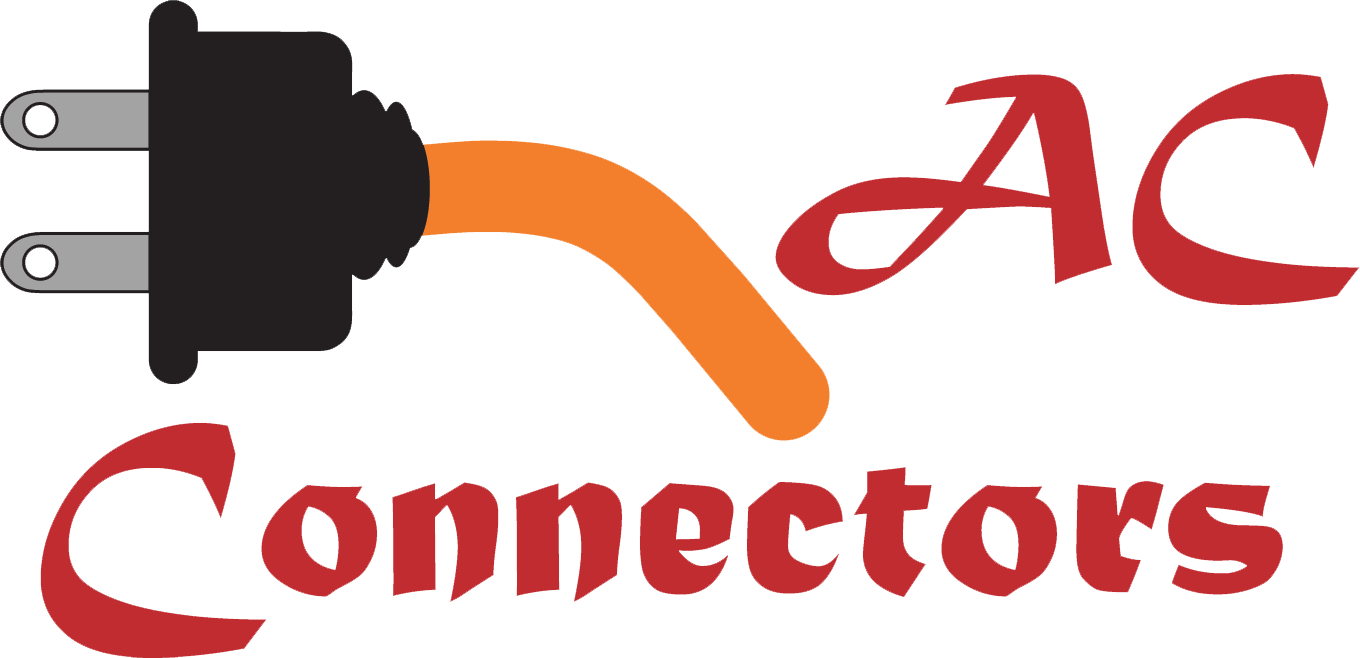

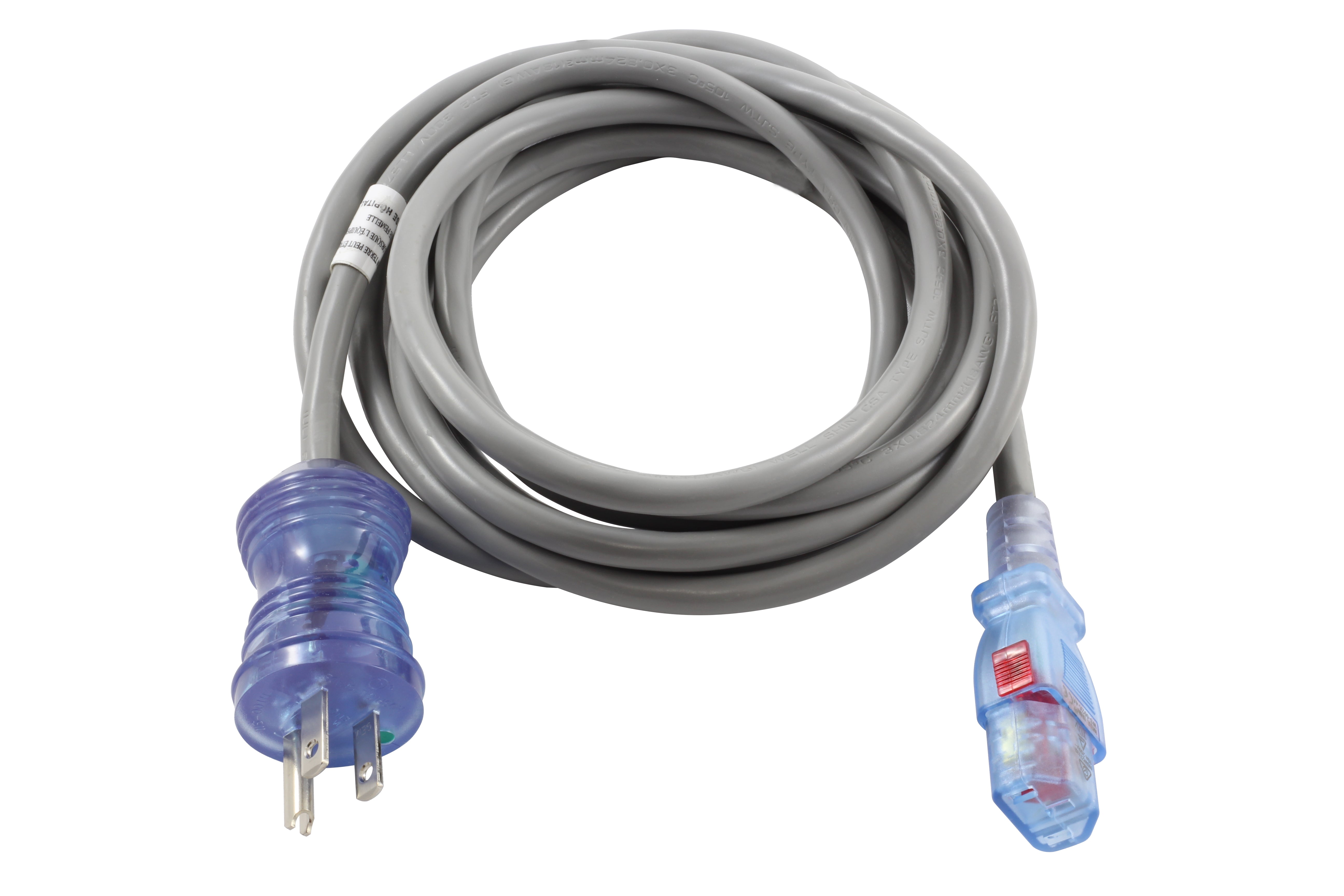
![AC WORKS® [MD10ARC13-072] 6ft 18/3 10A Medical Grade Power Cord with Right Angle IEC C13 Connector](http://acworks.com/cdn/shop/products/MDRC13-0_0d177392-47b8-4646-9261-e6db634a9ed7.jpg?v=1641852369&width=3304)
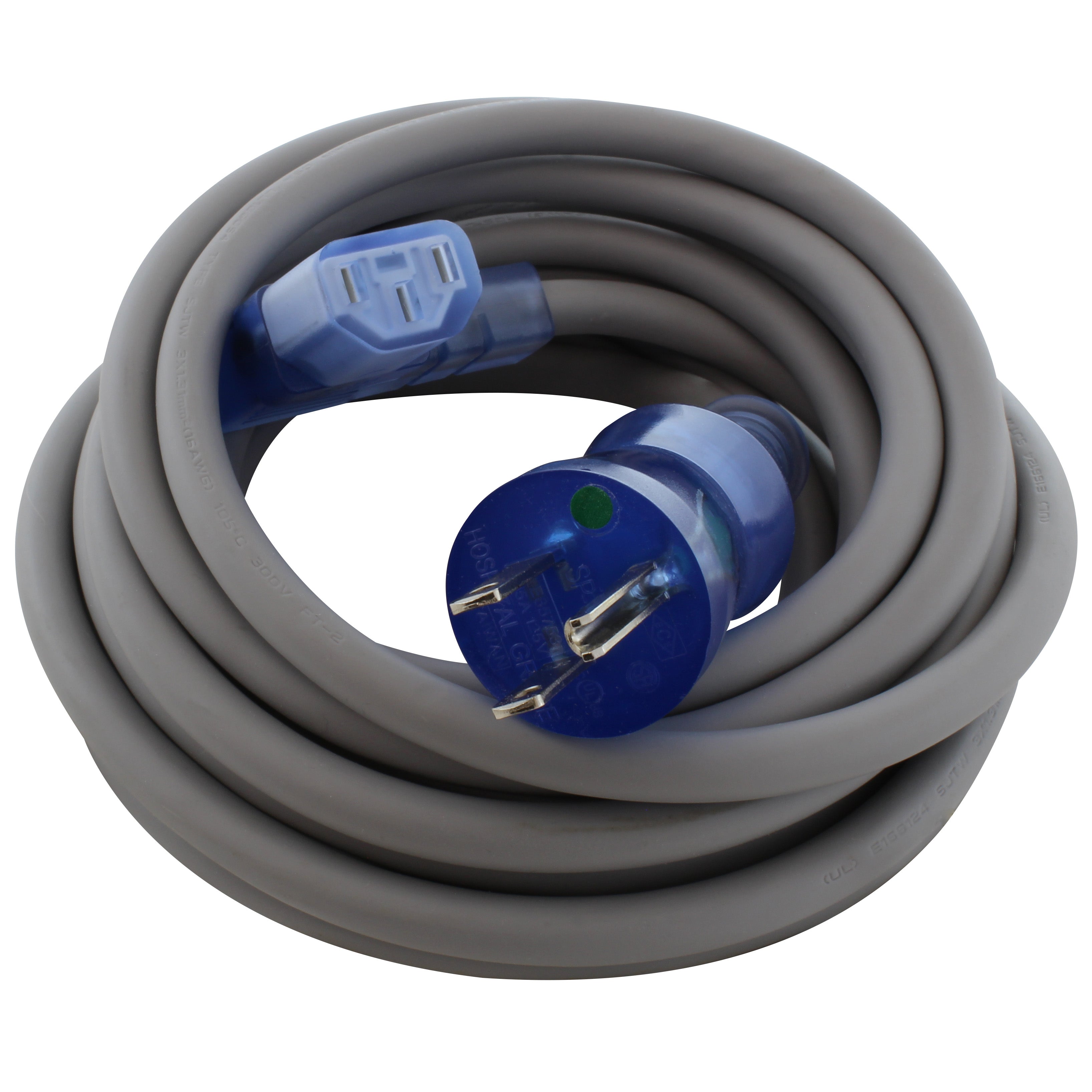
![AC WORKS® [MD13AYC13-120] 10ft 13A 16/3 Medical Grade Y-Cable with Two C13 Connectors](http://acworks.com/cdn/shop/products/MD10AYC13-120-0_8ae980f7-1b12-4562-aacf-92eed75f7ee3.jpg?v=1646858448&width=4584)
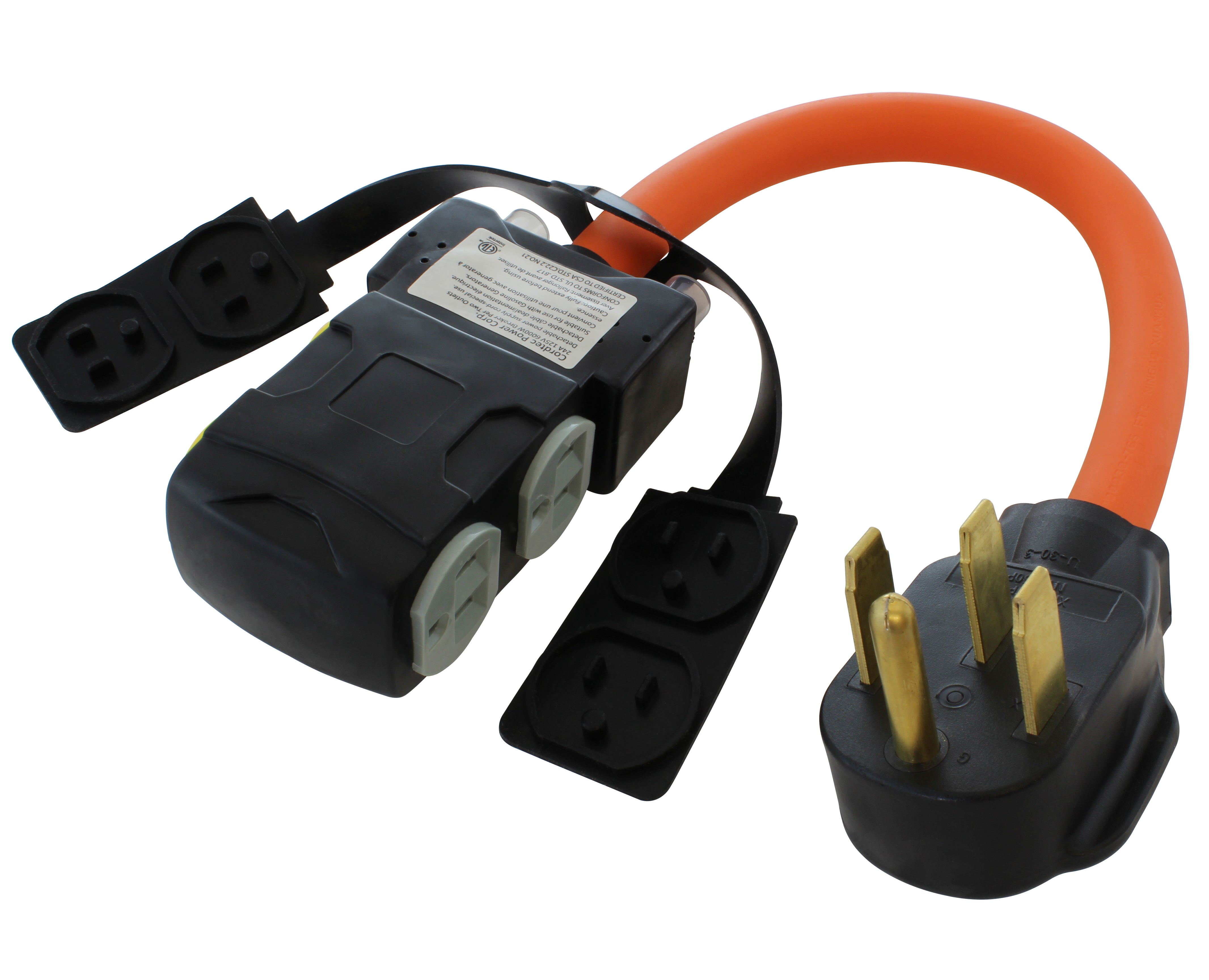
![AC WORKS® [ASINSS2PBX-G] 50A Locking 4-Wire CS6375/ SS2-50 Heavy-Duty Transfer Switch Inlet Box](http://acworks.com/cdn/shop/files/ASINSS2PBX-0_0206b362-7c90-42a5-8754-0685c13dab7e.jpg?v=1758051675&width=2500)
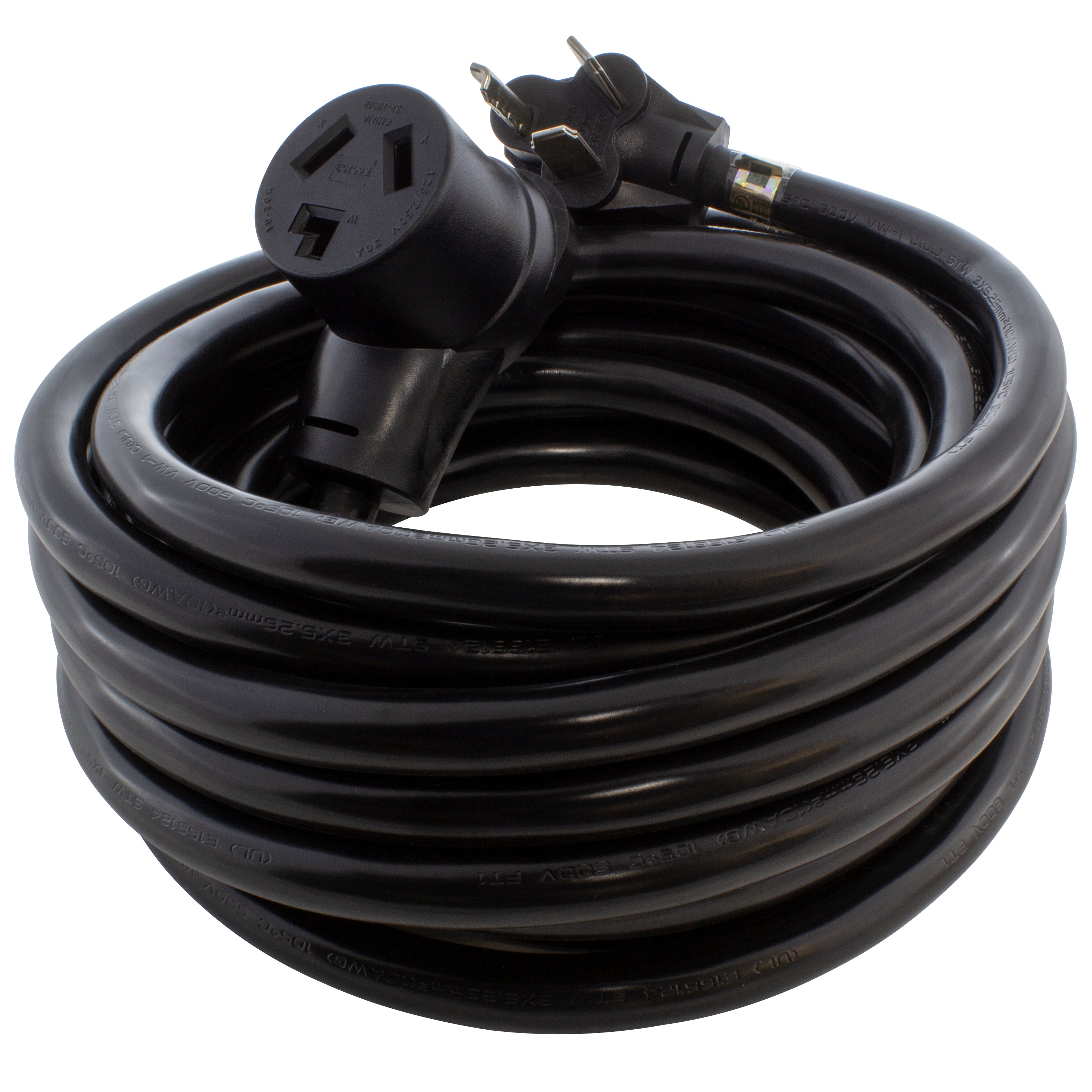
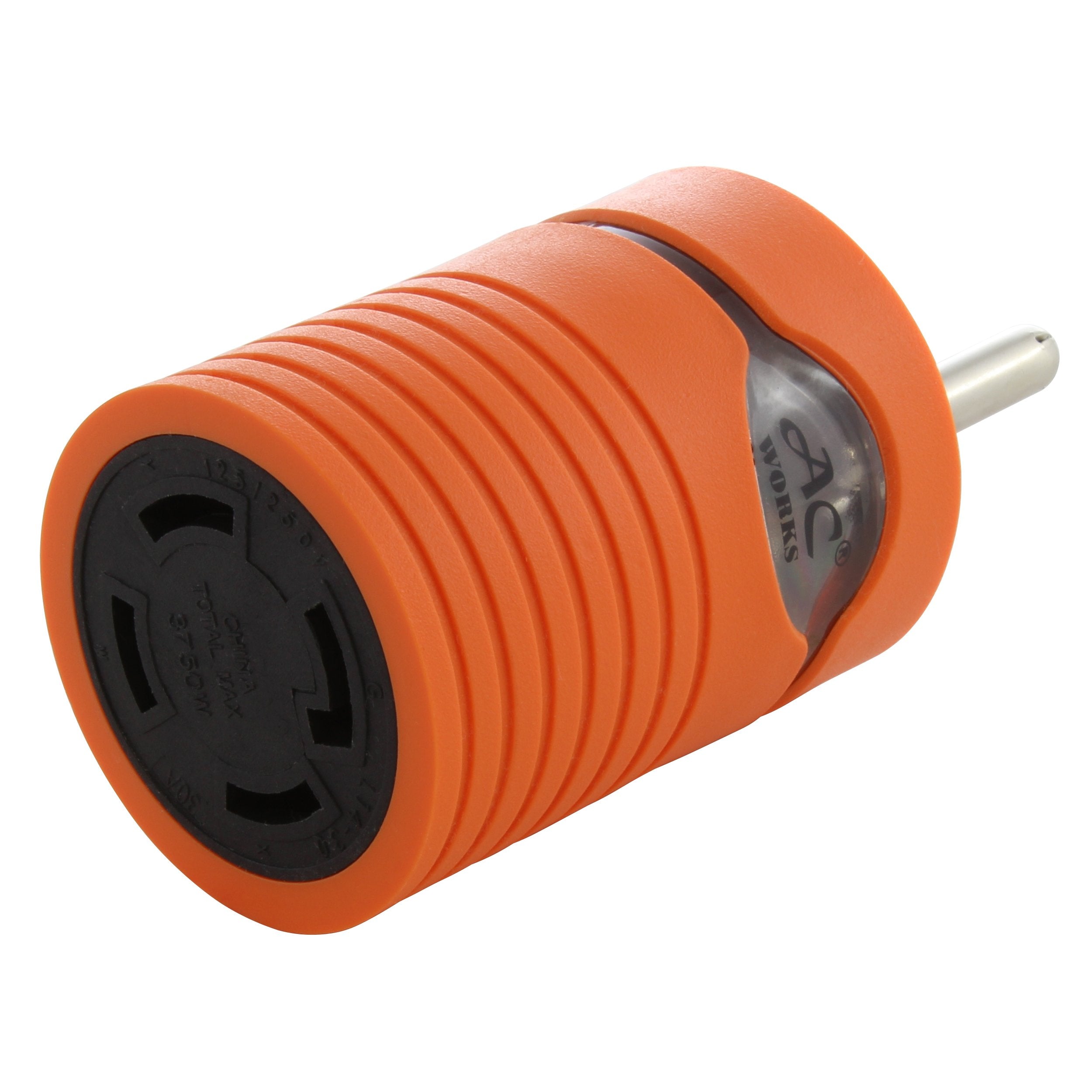
![AC WORKS® [S1430CBF520] 1.5FT 14-30P 4-Prong Dryer Plug to (4) Household Outlets with 24A Breaker](http://acworks.com/cdn/shop/products/S1430CBF520.jpg?v=1666103519&width=4656)
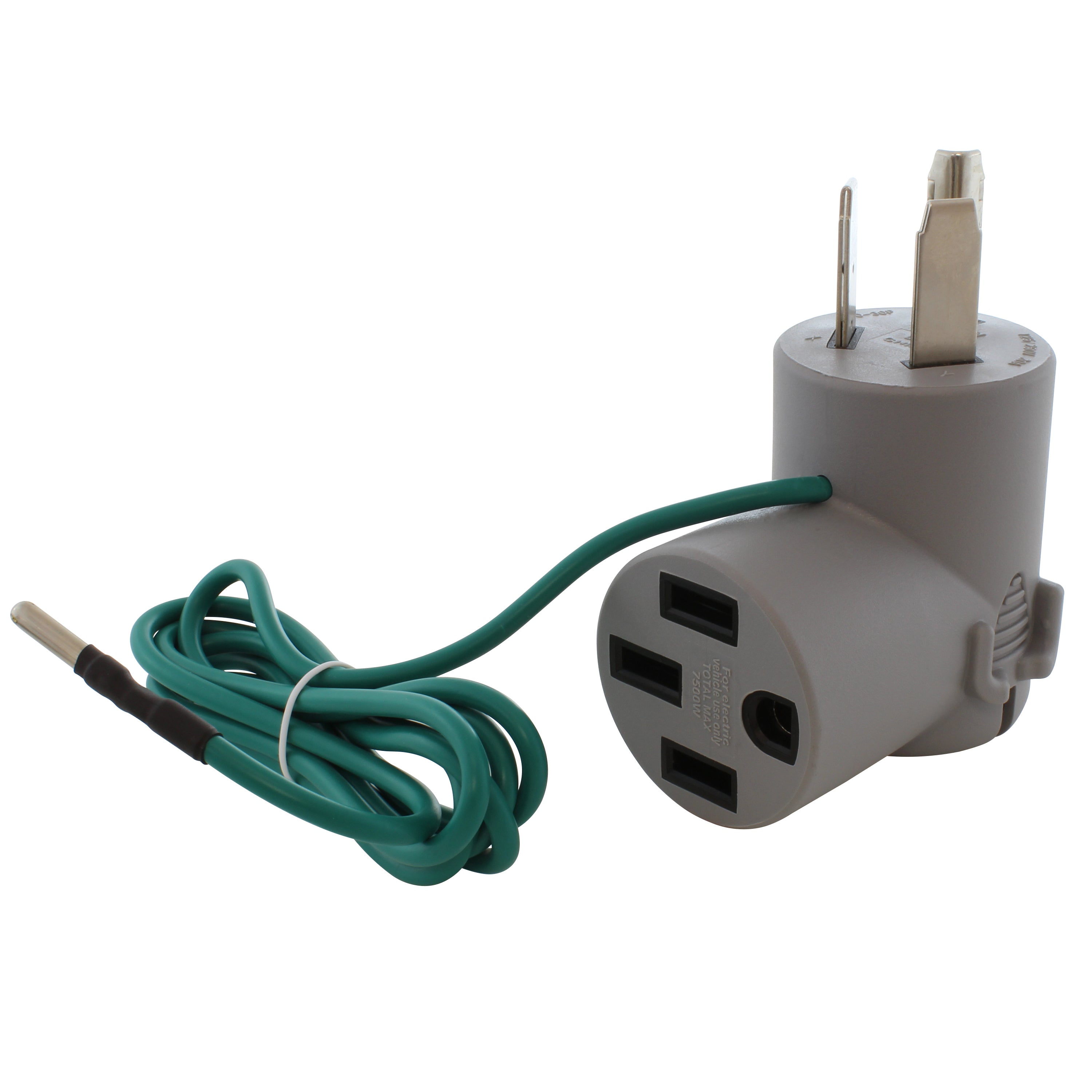
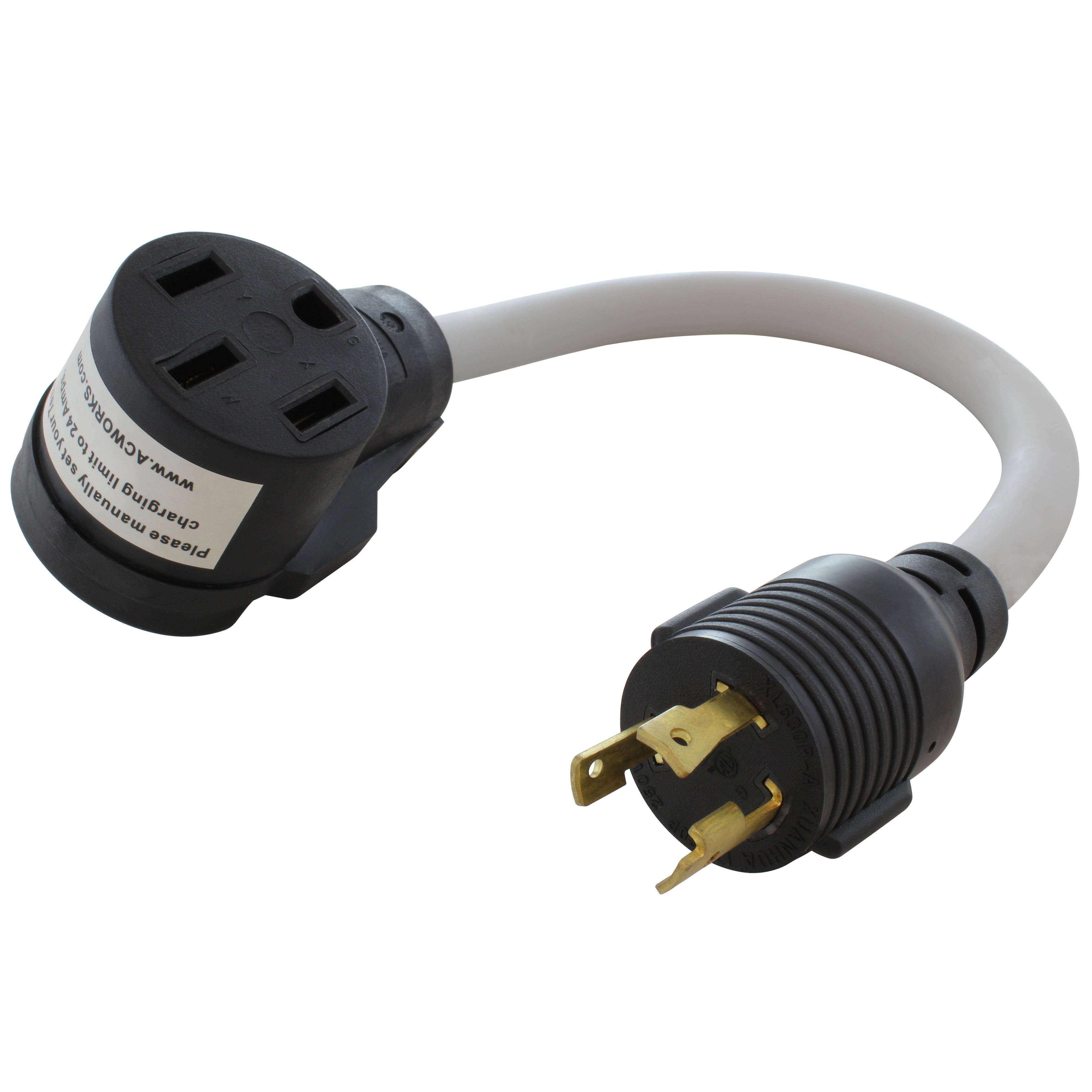
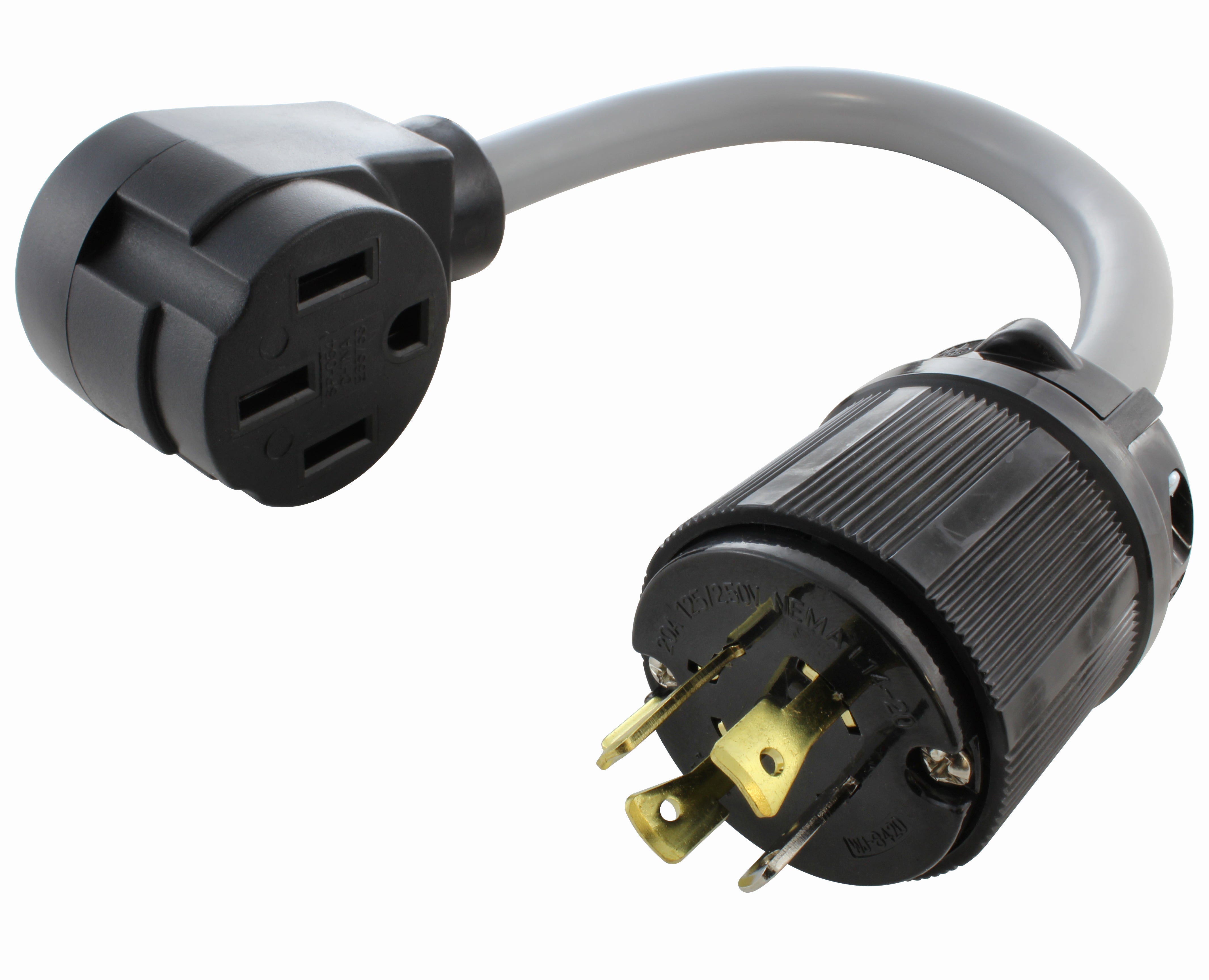
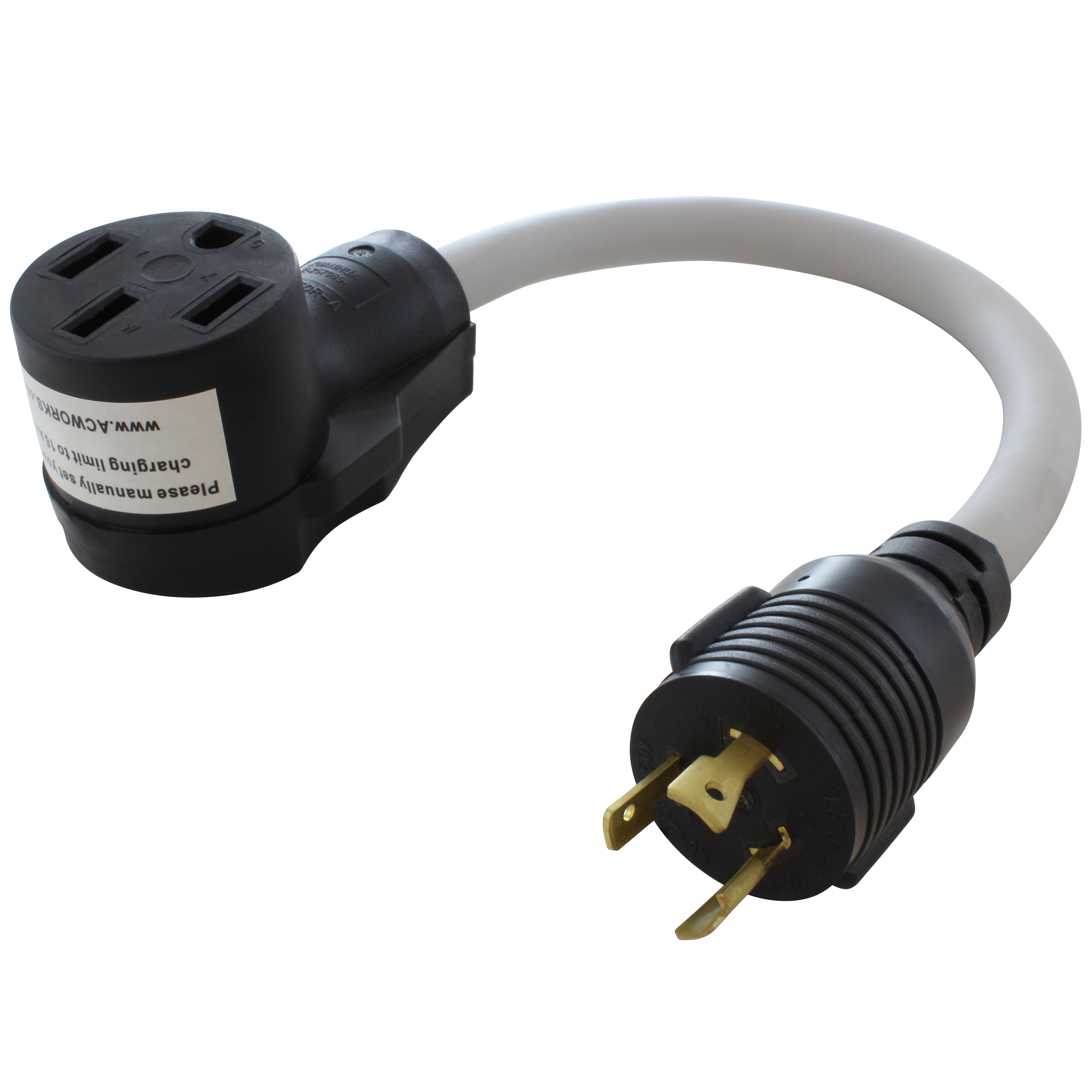
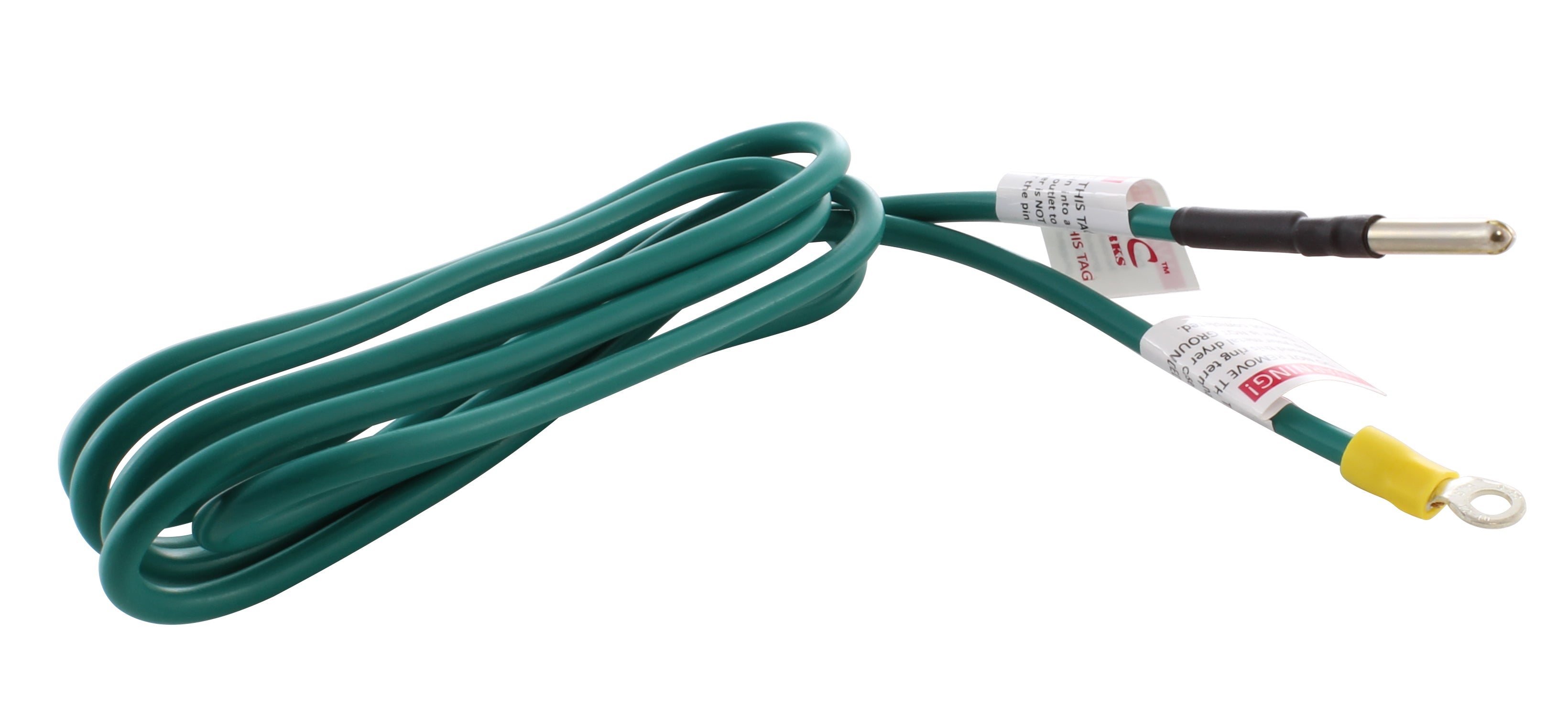

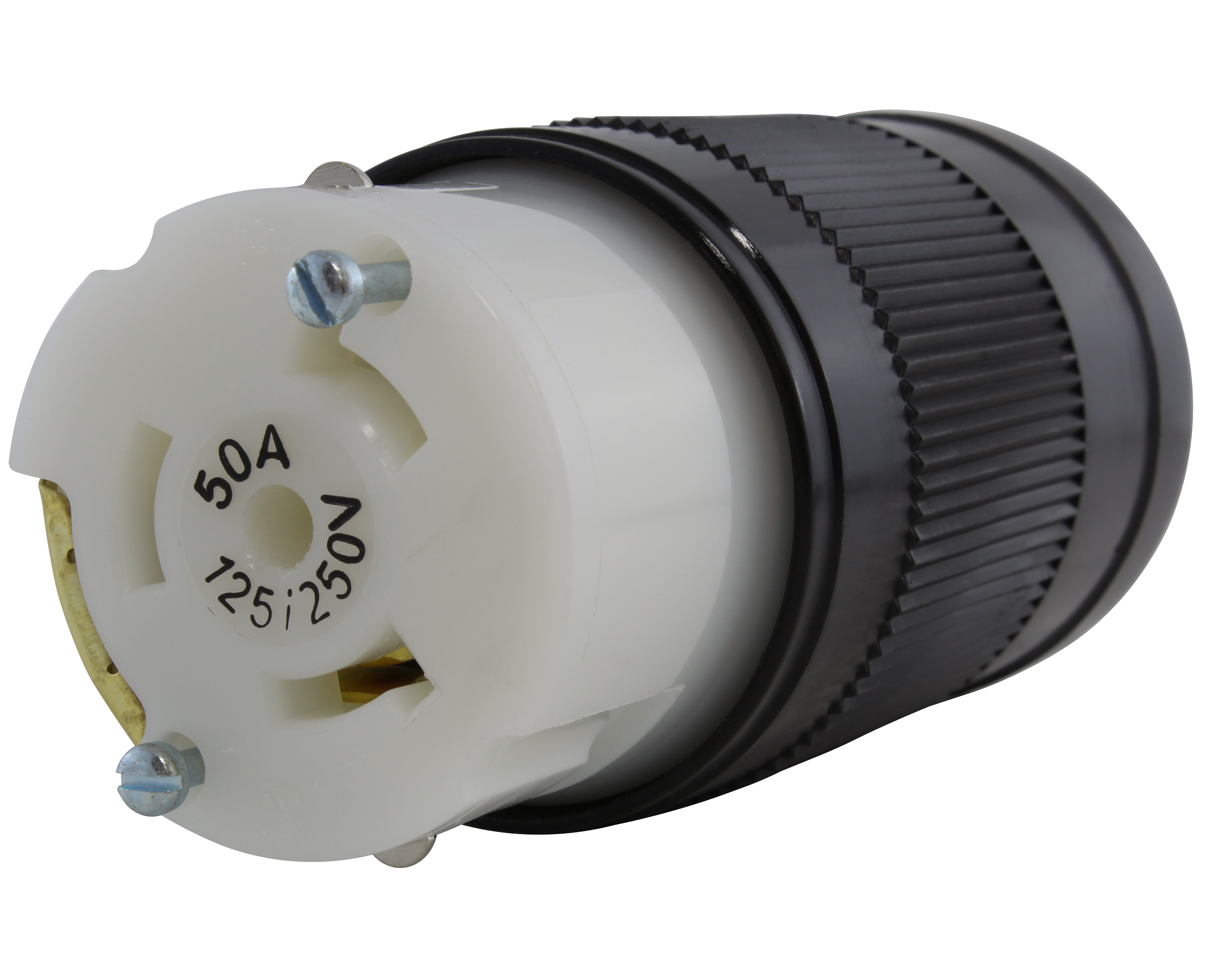
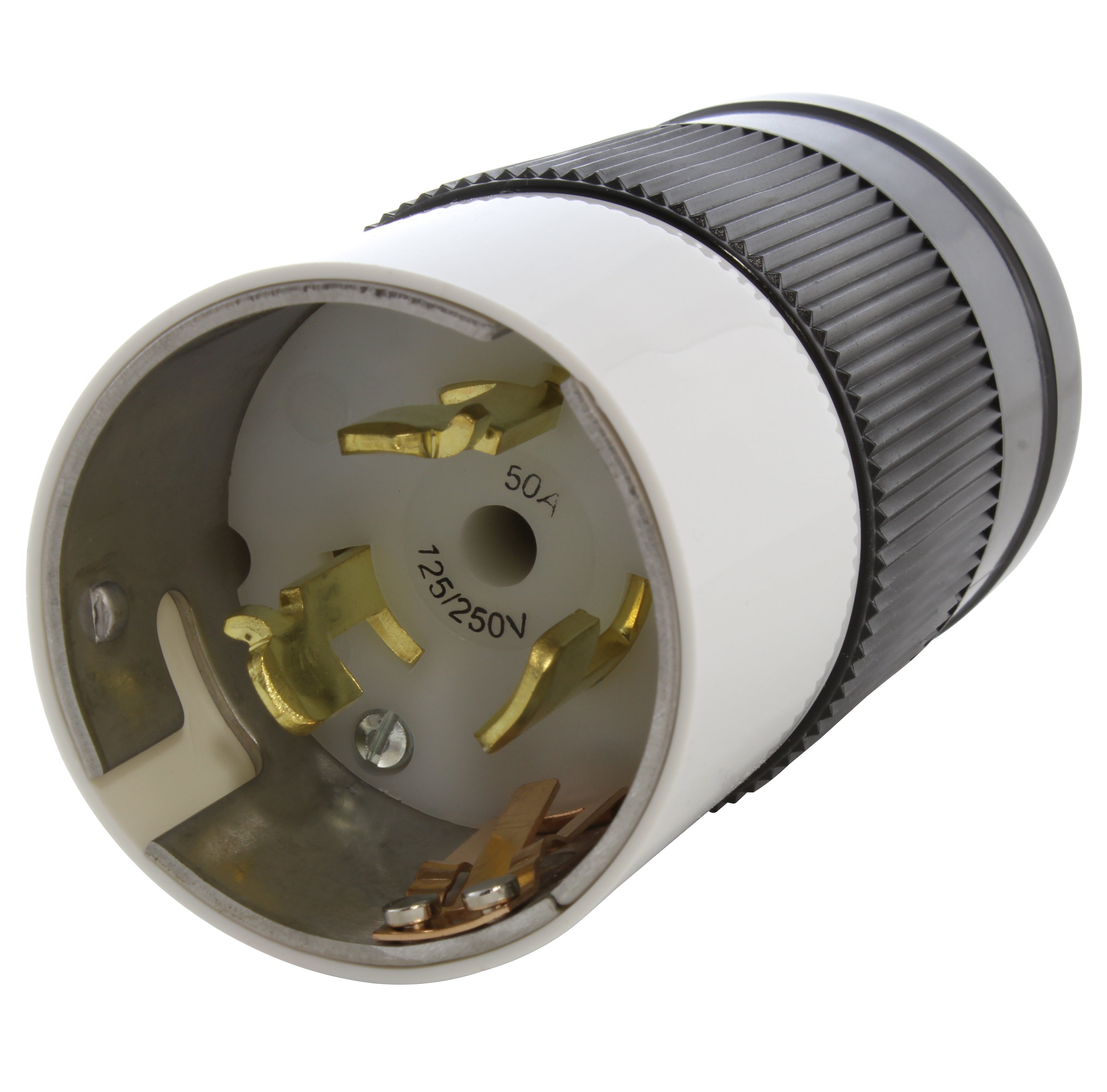
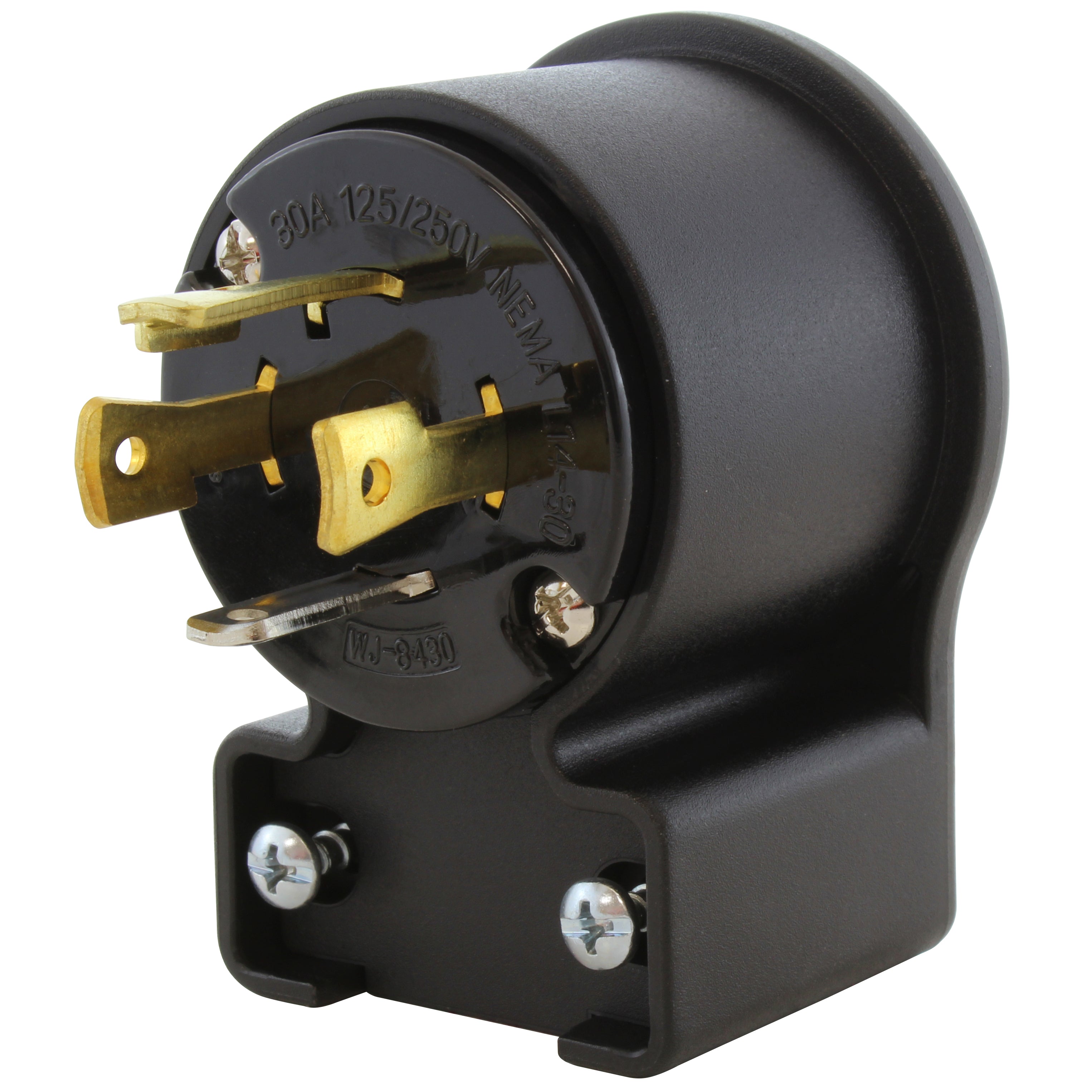
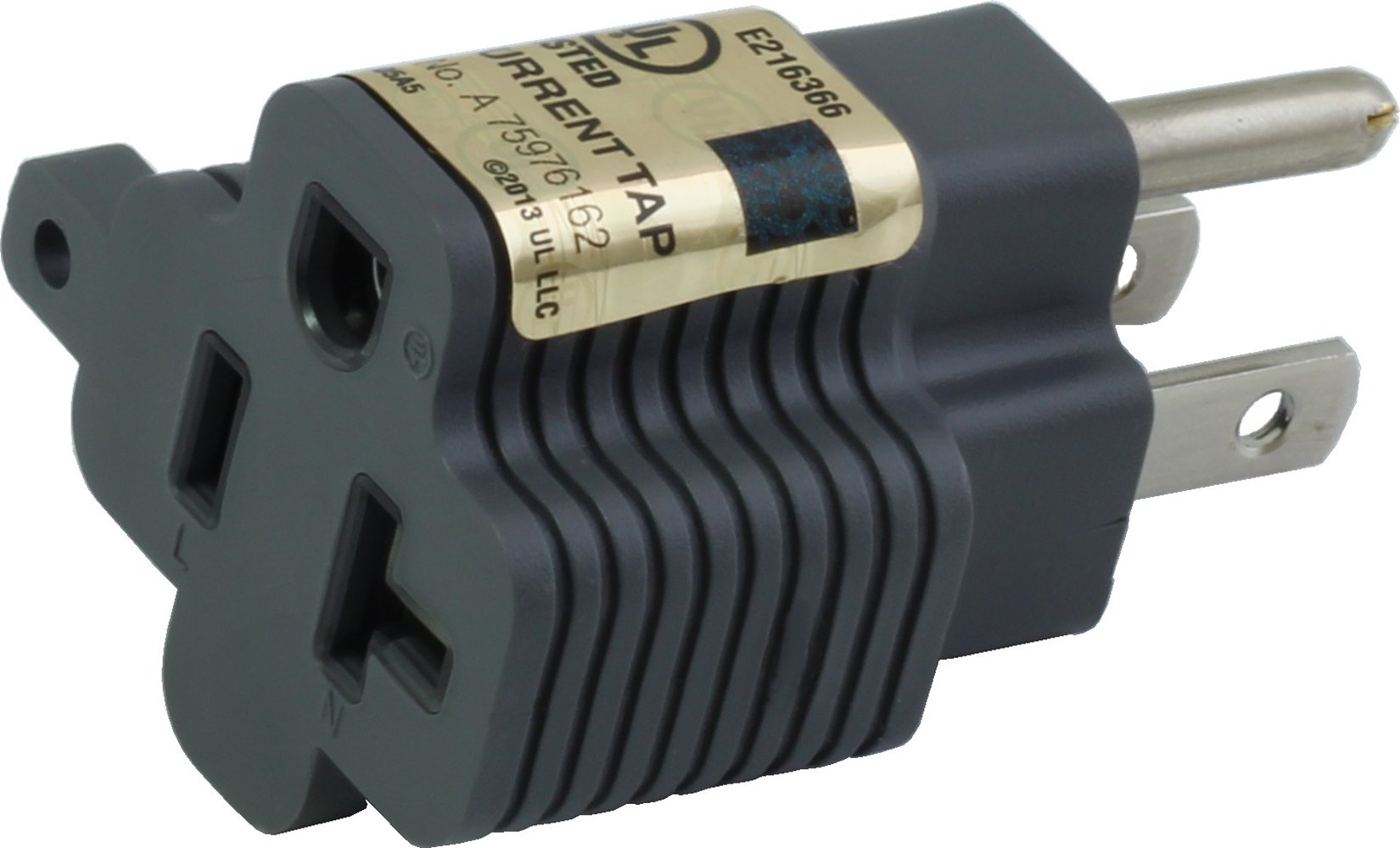
![AC WORKS® [ADV104] 3-Prong Heavy-Duty V-DUO Household Outlet Adapter](http://acworks.com/cdn/shop/products/ADV104-0.jpg?v=1605738768&width=3128)
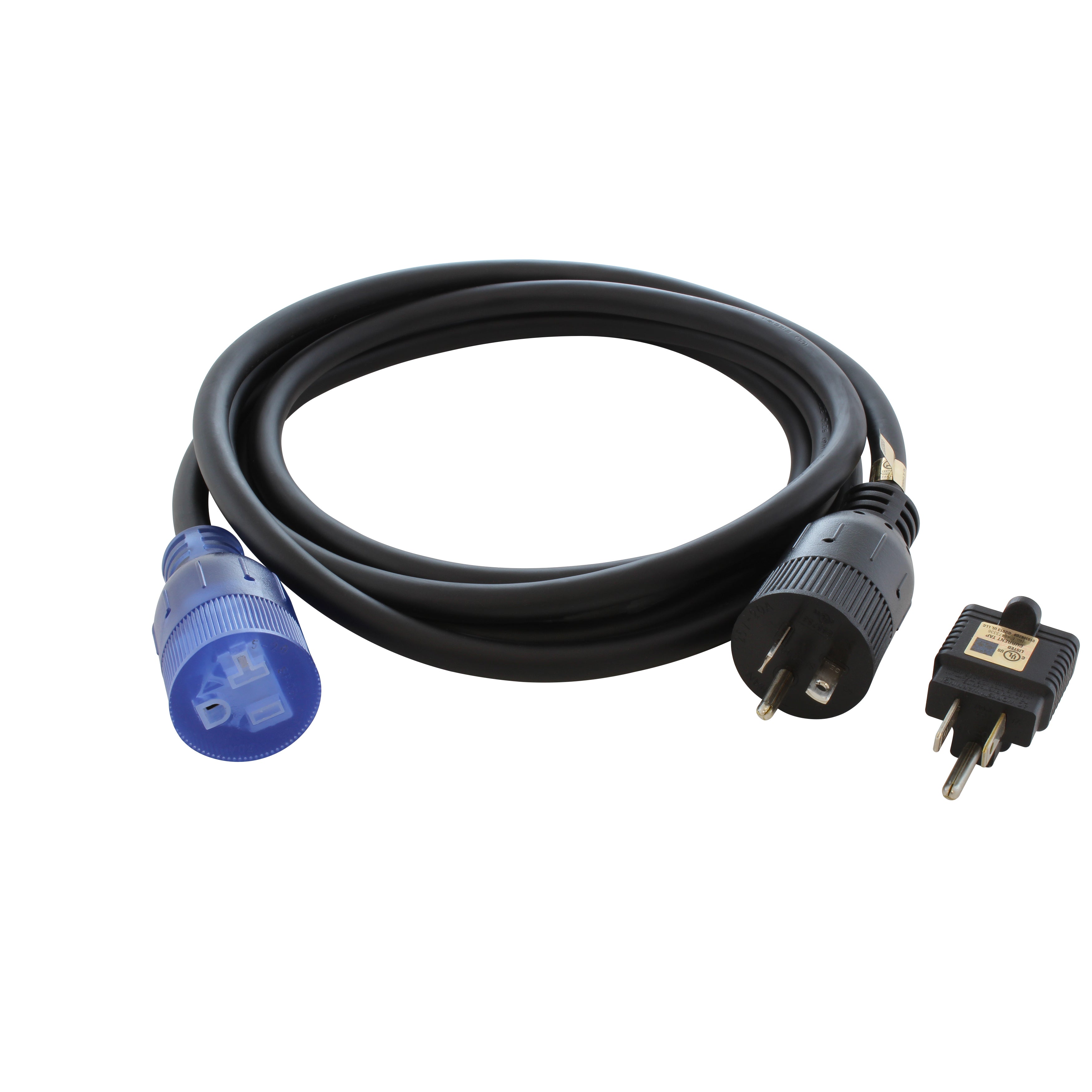
![AC WORKS® [XH515520] 15A to 15/20A 125 Volt Plug Adapter with ETL Safety Approval](http://acworks.com/cdn/shop/files/XH515520-0_daea425a-f439-48df-bb75-052167057f12.jpg?v=1729091519&width=2500)
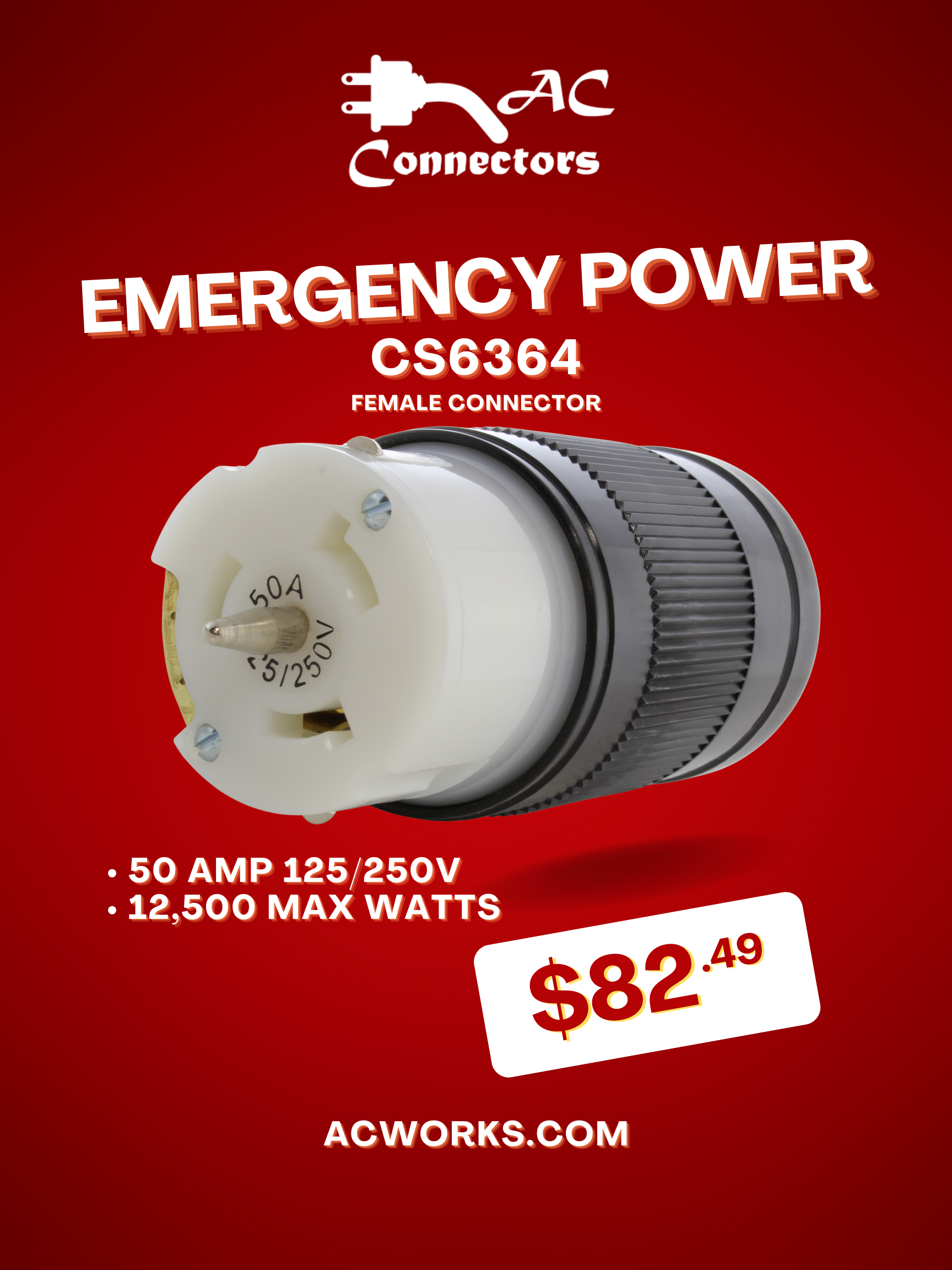
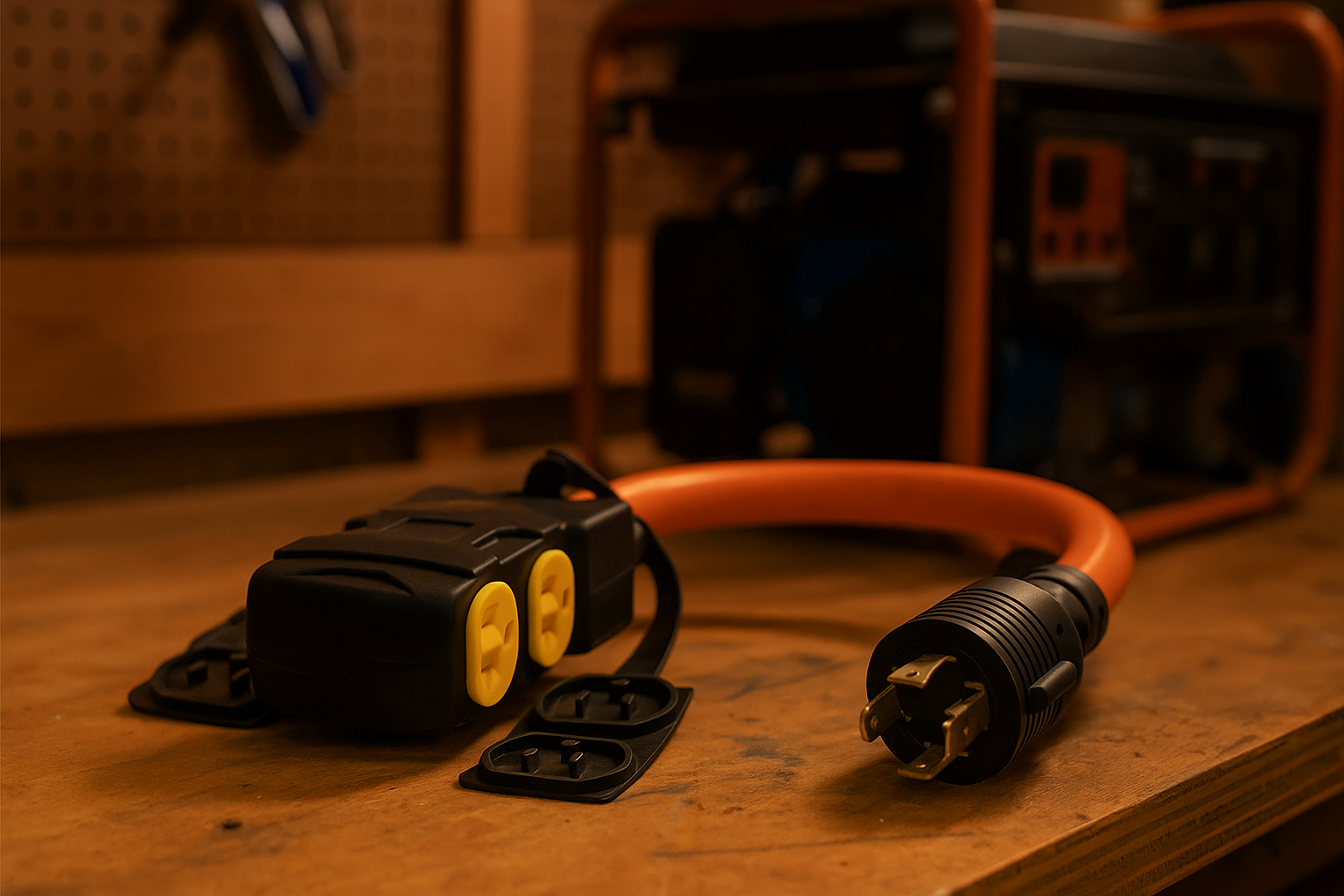
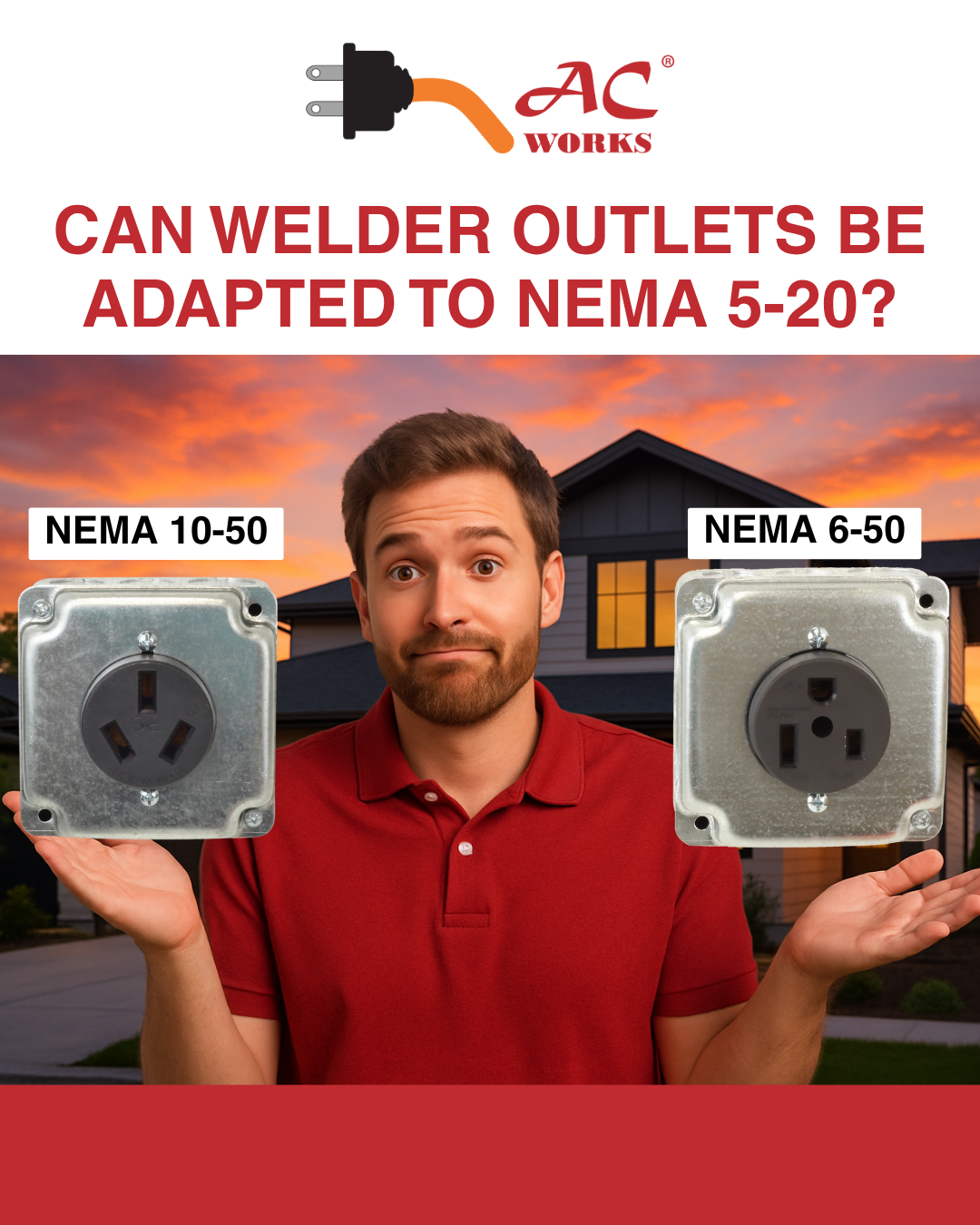
Share:
How Long Does It Take to Charge Your EV? (And How Much Does It Cost?)
Read This Before Replacing Your RV Inlet: How to Identify the Right One